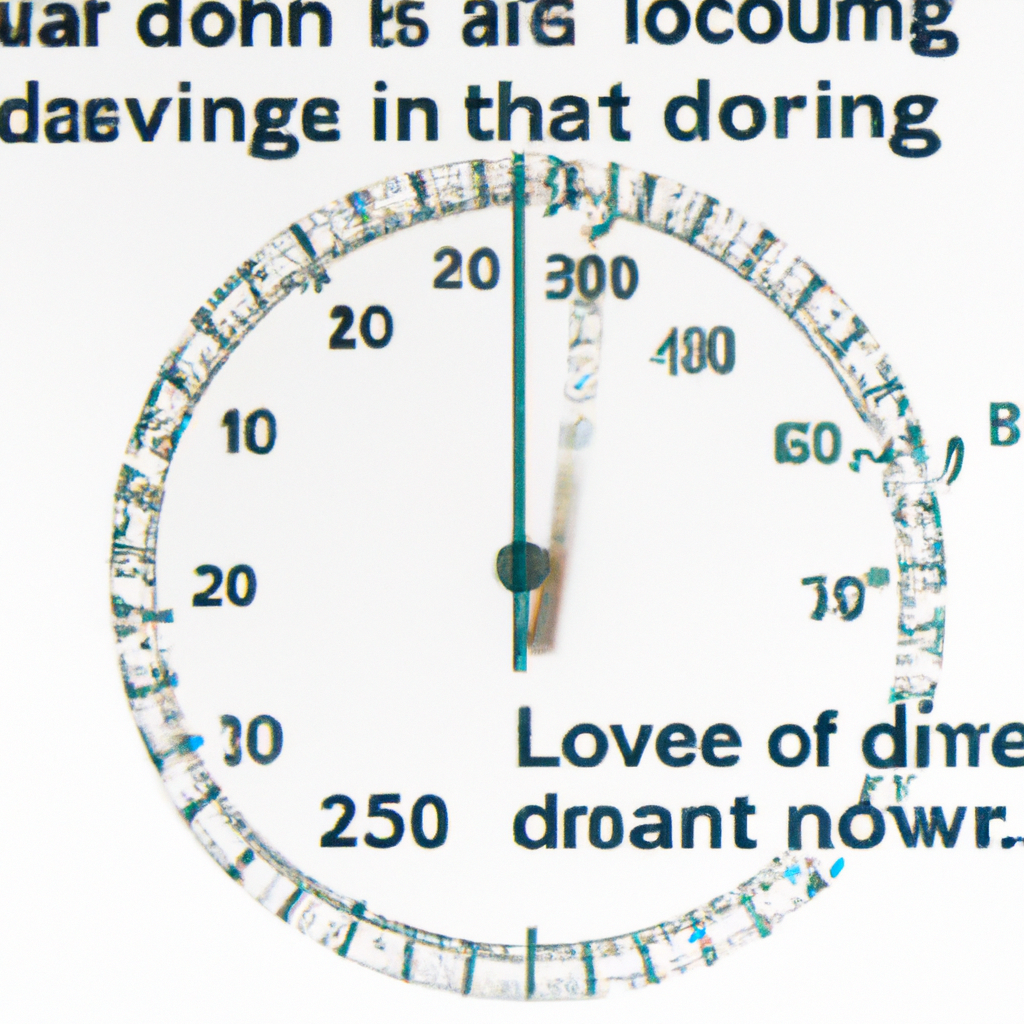Compared to Driving at 20mph: About How Much Longer?
Driving speed is a crucial factor that affects our commute time and overall efficiency on the road. When comparing different speeds, the time difference can be significant. In this article, we will explore how driving at a speed higher or lower than 20mph can impact travel time, safety, and other important considerations.
Driving Slower: The Trade-Offs
When driving at a reduced speed, such as 20mph, there are certain advantages worth considering. Firstly, slower speeds generally result in increased safety. It allows drivers to have better control over their vehicles, react promptly to unexpected situations, and reduce the risk of accidents. Additionally, lower speeds contribute to reduced fuel consumption and environmental impact, as vehicles tend to be more fuel-efficient at moderate speeds.
However, there are trade-offs to bear in mind. Driving at 20mph may result in extended travel time, particularly on longer journeys. Let’s analyze a hypothetical scenario to illustrate this:
- Scenario: You have to travel a distance of 100 miles.
- Driving Speed: 20mph
- Driving Time Calculation:
To calculate the estimated driving time at 20mph, we divide the distance by the speed:
Time = Distance / Speed
Applying this formula:
Time = 100 miles / 20 mph = 5 hours
Thus, by traveling at 20mph, you can expect to reach your destination in approximately 5 hours.
Driving Faster: The Time Advantage
On the other hand, driving at higher speeds offers an obvious advantage in reducing travel time, but it comes with its own set of considerations. Higher speeds can be risky if not controlled properly. They decrease the time available for reacting to road conditions or potential hazards, which can increase the likelihood of accidents. Additionally, driving at faster speeds can often lead to higher fuel consumption, causing an increase in carbon emissions.
Now, let’s examine the same scenario as before, but this time at a higher speed:
- Scenario: You have to travel a distance of 100 miles.
- Driving Speed: 60mph
- Driving Time Calculation:
Using the same formula:
Time = Distance / Speed
Applying this formula:
Time = 100 miles / 60 mph ≈ 1.66 hours (or 1 hour and 40 minutes)
Hence, by traveling at 60mph, you can expect to reach your destination in approximately 1 hour and 40 minutes, which is significantly shorter than the 5 hours it would take at 20mph.
Final Thoughts
When it comes to travel time, it’s important to strike a balance between speed and safety. While driving faster may save time, it can compromise safety and fuel efficiency. Conversely, driving slower ensures better safety and lower environmental impact, but it may add significant time to your journey.
Considering the factors mentioned above, it is essential to assess your priorities and the specific circumstances of your travel before deciding on an optimal driving speed. Always adhere to speed limits, be mindful of road conditions, and prioritize safety above all.
